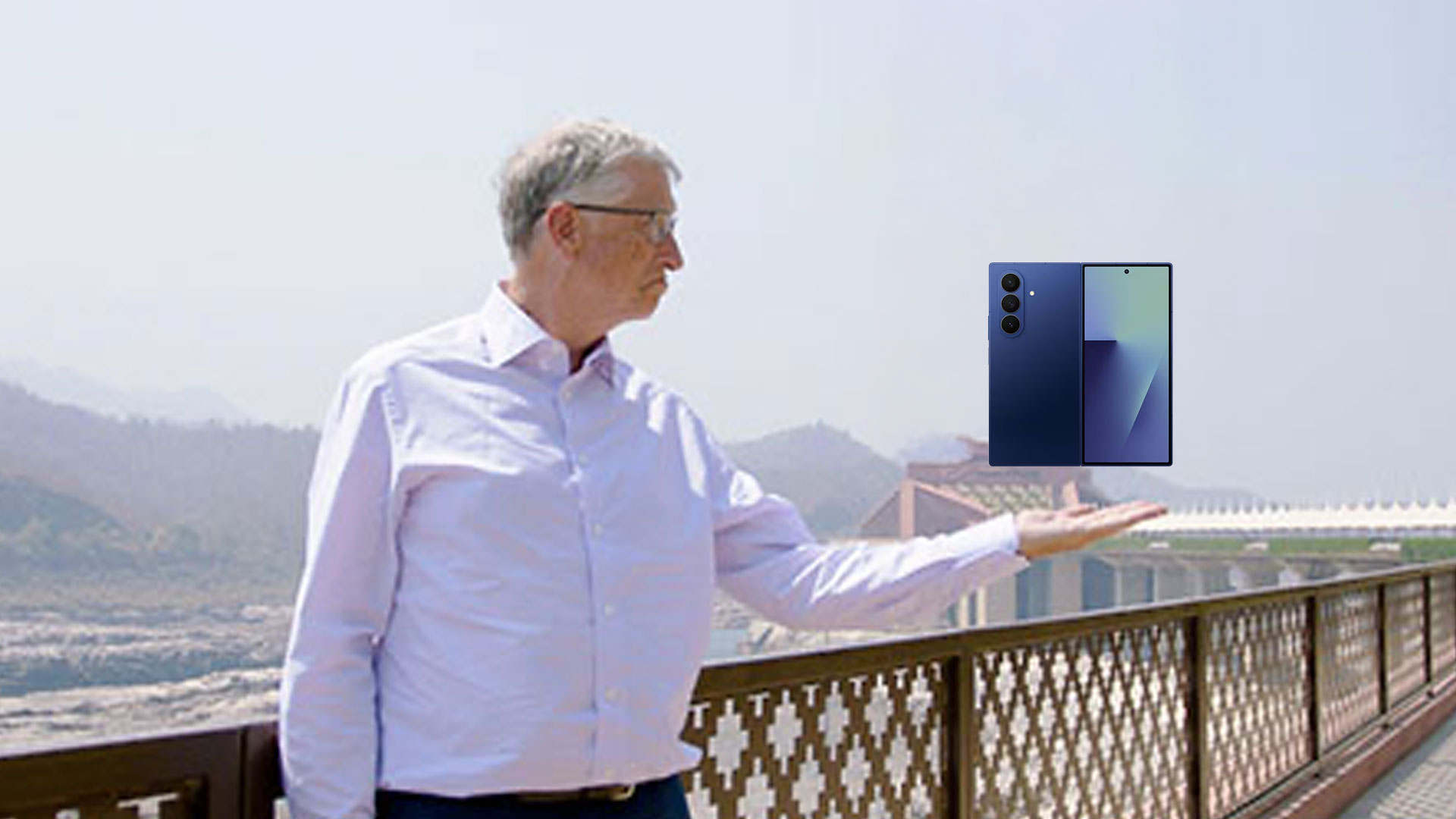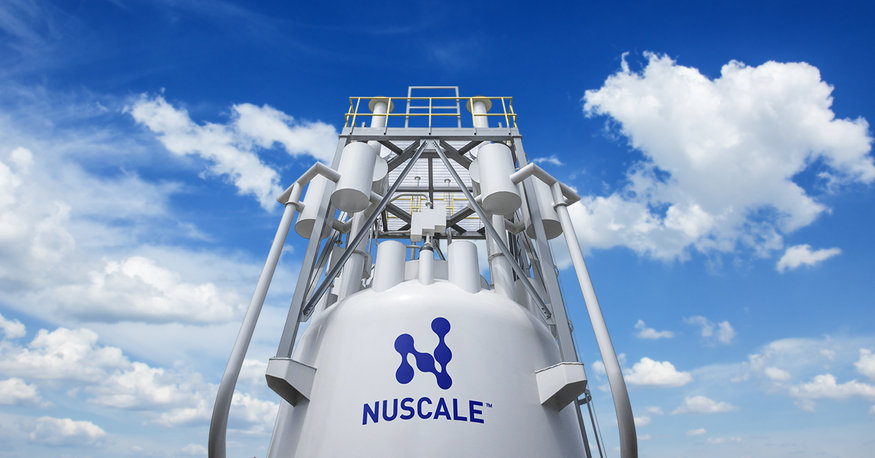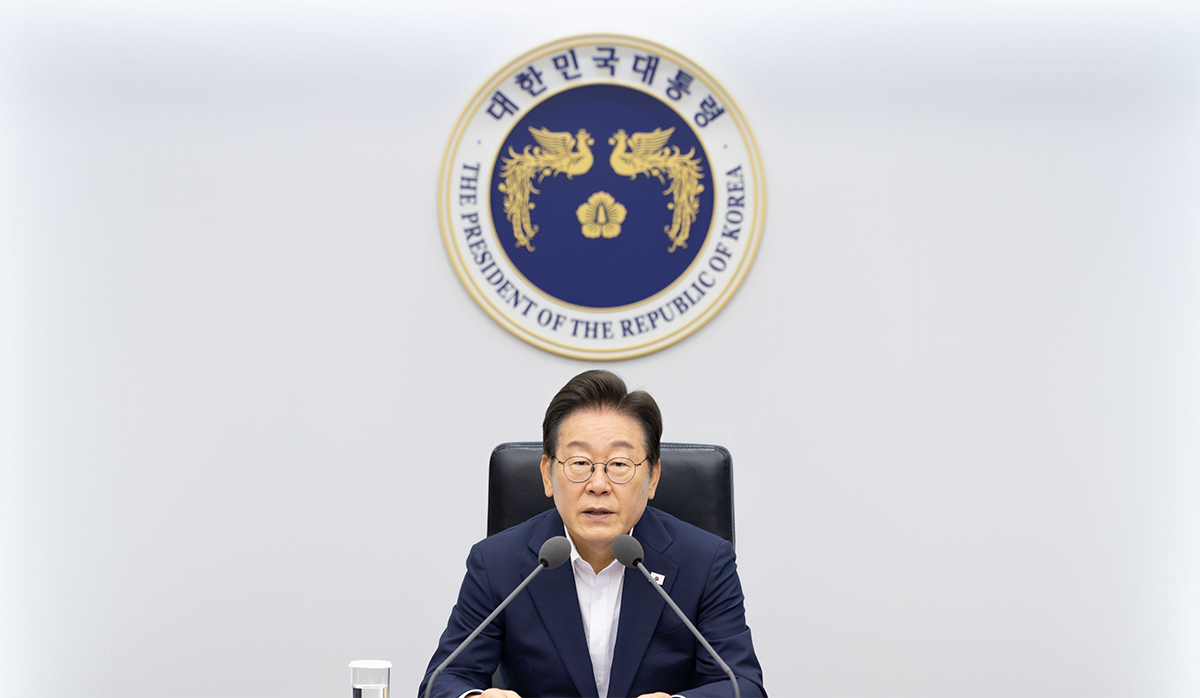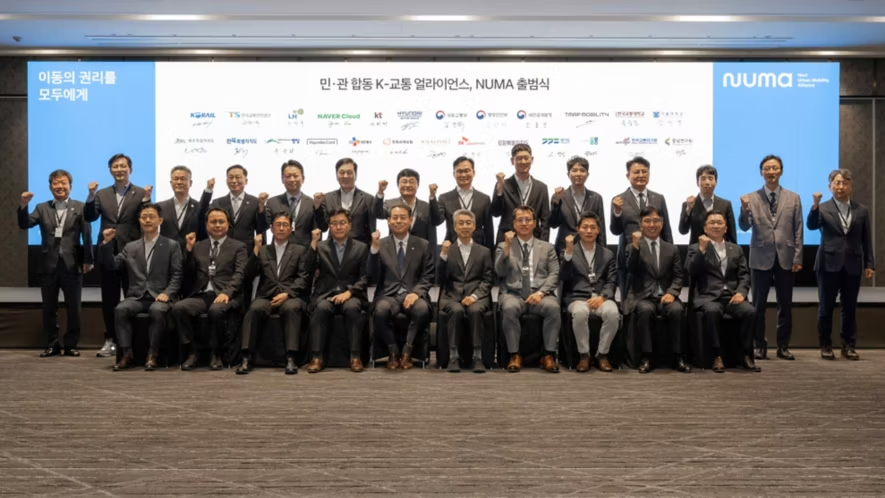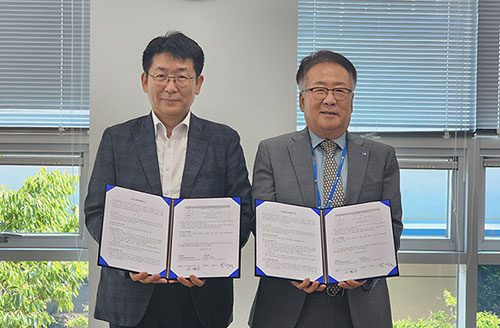
South Korea’s ice cream makers are having a breakout year, and now they’re setting their sights on China’s $2.5 billion frozen dessert market.
Exports of Korean ice cream surged 23% in the first half of 2025 to $65.5 million, the first time shipments topped $60 million in a six-month period, according to Korea Customs Service data. At this pace, annual exports are on track to smash the $100 million mark for the first time ever.
The U.S. is still Korea’s biggest buyer, accounting for nearly 40% of exports at $24.9 million. The Philippines and China follow, with $5.6 million and $5.4 million in imports, respectively.
Major players like Binggrae and Lotte Wellfood are leading the charge. Binggrae’s Melona popsicle — a cult favorite among U.S. consumers — continues to anchor sales abroad, while the company also experiments with vegan versions for Europe and Muslim-majority markets. Lotte, meanwhile, just opened a $50 million facility in India and reported 34% year-over-year growth in Q1, powered by its “Crunch” bar.
China is the next big prize. The country’s ice cream market jumped 30% between 2019 and 2024, but it’s dominated by homegrown giants Yili and Mengniu. Price is also a challenge: nearly three-quarters of Chinese consumers stick to products priced between 42 cents and $1.36.
That’s forcing foreign brands to get creative. Häagen-Dazs leans on luxury positioning, while local startups like Zhongjie 1946 ride digital marketing and IP tie-ins to win young customers. Korean firms are betting on health trends — surveys show 80% of Chinese consumers are interested in sugar-free ice cream. Lotte’s “Zero” line, including sugar-free cookies & cream, is already gaining traction at Costco China.
To stand out, Korean ice cream makers are blending cultural tie-ins with aggressive pricing. The goal: turn viral products like Melona into household names in China, just as they’ve done in the U.S.






